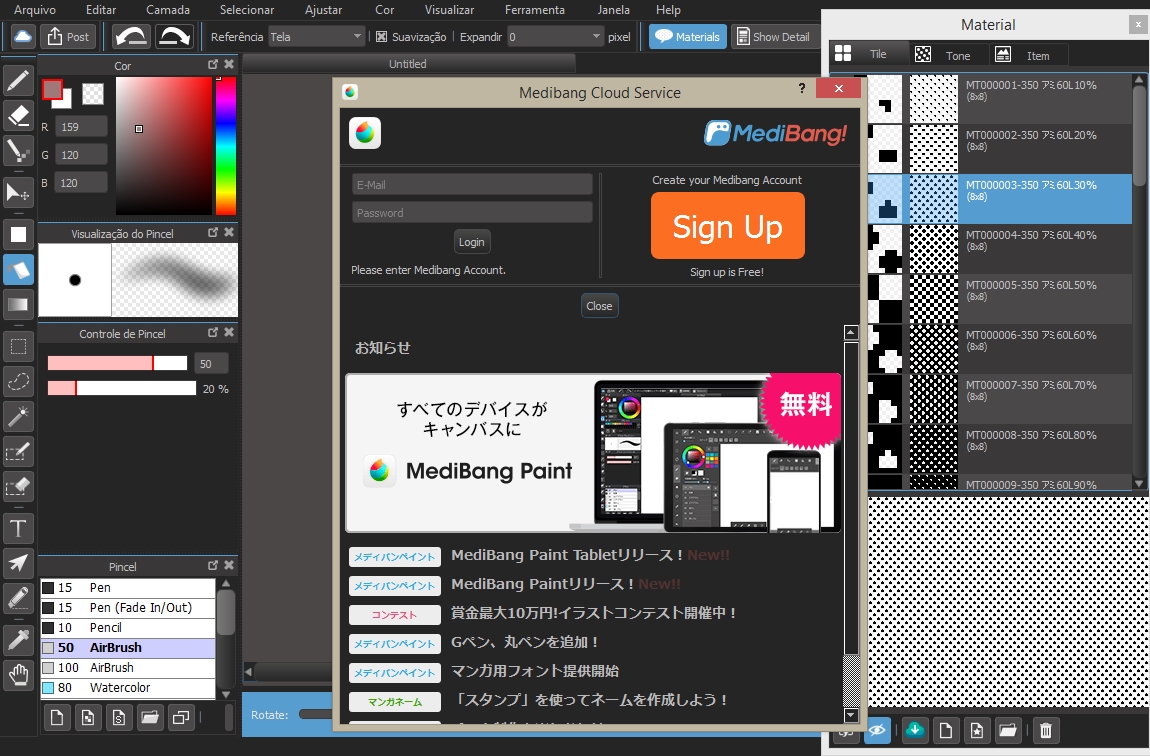
The throat culture is a more reliable test. The throat culture is done in a lab, and it usually takes a few days to get the results. With the rapid strep test, testing is done in the office, and you get the results within minutes. For both tests, the provider uses a cotton swab to collect a sample of fluids from your child's tonsils and the back of the throat. It could be a rapid strep test, a throat culture, or both. Your child will probably also have one or more tests to check for strep throat, since it can cause tonsillitis and it requires treatment. The provider will look at your child's throat and neck, checking for things such as redness or white spots on the tonsils and swollen lymph nodes. To diagnose tonsillitis, your child's health care provider will first ask you about your child's symptoms and medical history. You should get emergency care right away if your child:

When does my child need to see a health care provider for tonsillitis? A white or yellow coating on the tonsils.Frequent handwashing can help prevent spreading or catching the infections. Is tonsillitis contagious?Īlthough tonsillitis is not contagious, the viruses and bacteria that cause it are contagious.

Tonsillitis caused by a virus is more common in younger children.Īdults can get tonsillitis, but it is not very common. Tonsillitis caused by bacteria is more common in kids ages 5-15. Almost every child in the United States gets it at least once. Tonsillitis is most common in children over age two.

Bacterial infections such as strep throat can also cause tonsillitis. The cause of tonsillitis is usually a viral infection. Sometimes along with tonsillitis, the adenoids are also swollen. Tonsillitis is an inflammation (swelling) of the tonsils. Tonsils and adenoids work by trapping the germs coming in through the mouth and nose. The lymphatic system clears away infection and keeps body fluids in balance. Along with the adenoids, tonsils are part of the lymphatic system. Tonsils are lumps of tissue at the back of the throat.


 0 kommentar(er)
0 kommentar(er)
